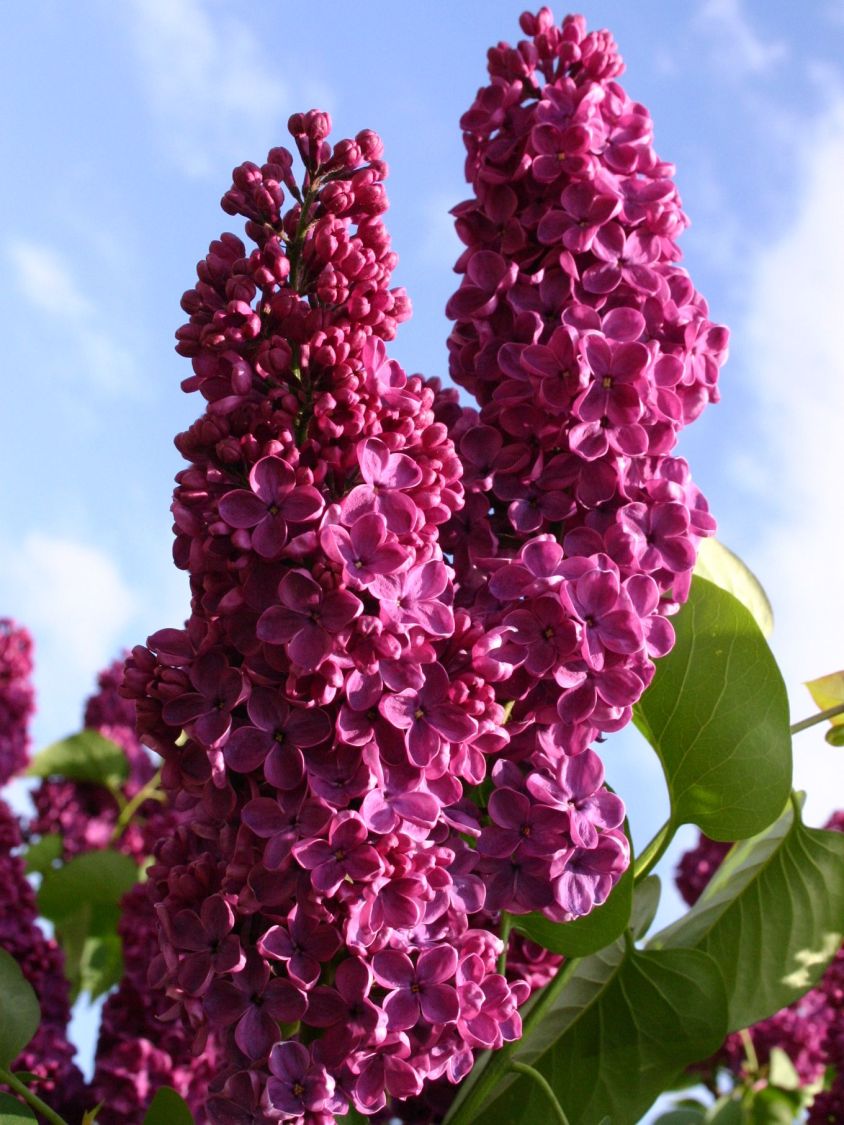
Edelflieder 'Andenken an Ludwig Späth' Syringa vulgaris 'Andenken an Ludwig Späth
Syringa is a genus of 12 currently recognized species of flowering woody plants in the olive family or Oleaceae [1] called lilacs. These lilacs are native to woodland and scrub from southeastern Europe to eastern Asia, and widely and commonly cultivated in temperate areas elsewhere. [2] [3] [4] [5]

Gewöhnlicher Flieder Syringa vulgaris Beschreibung Steckbrief Systematik
Type: Deciduous shrub Family: Oleaceae Native Range: Southeastern Europe Zone: 3 to 7 Height: 12.00 to 16.00 feet Spread: 8.00 to 12.00 feet Bloom Time: May Bloom Description: Lilac-purple Sun: Full sun Water: Medium Maintenance: Medium Suggested Use: Hedge, Naturalize Flower: Showy, Fragrant, Good Cut Attracts: Hummingbirds, Butterflies
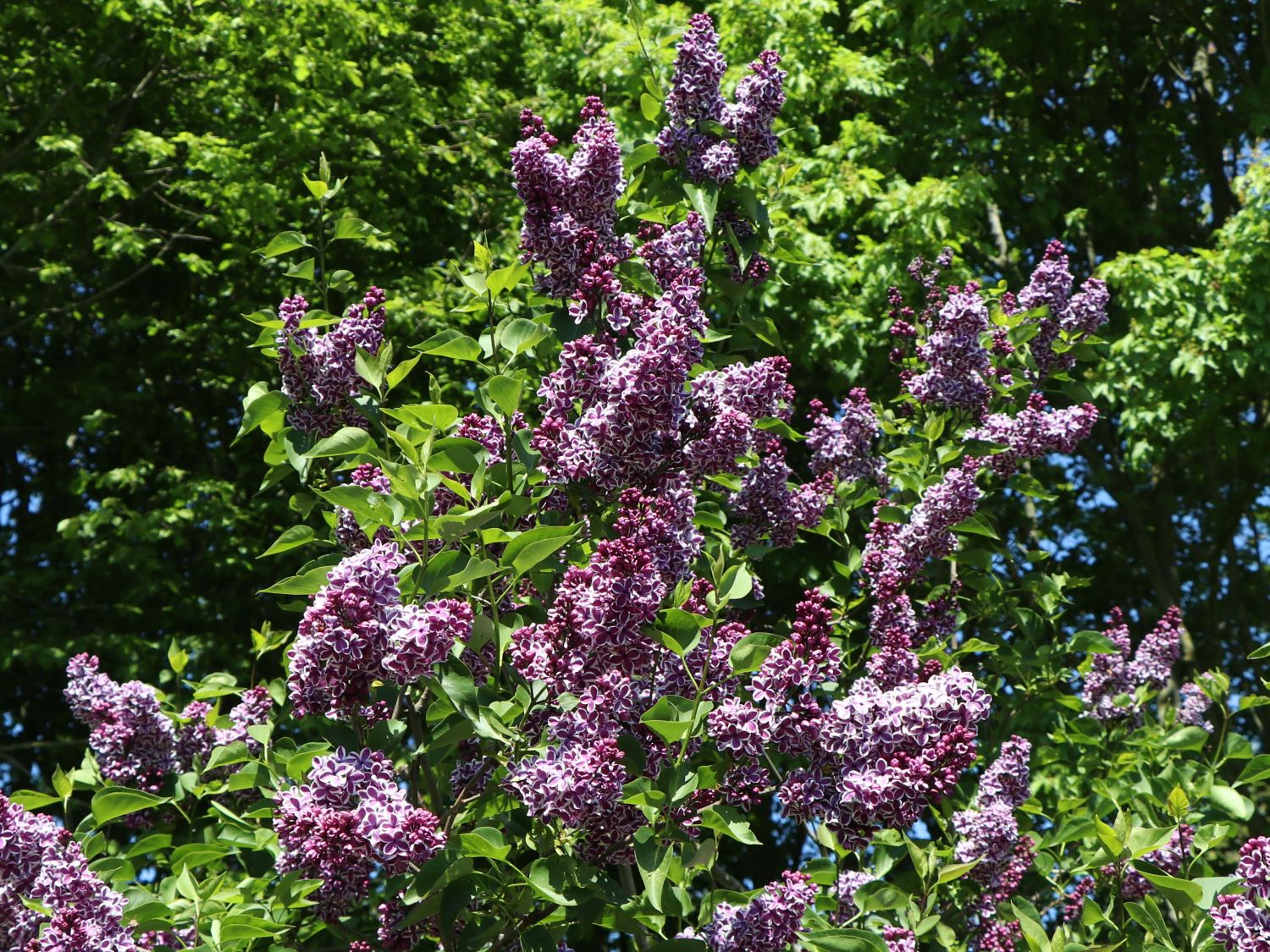
Edelflieder 'Sensation' Syringa vulgaris 'Sensation' Baumschule Horstmann
Description Common lilac is a highly fragrant, spring-flowering shrub or small tree. There are hundreds of cultivars available including single and double flowers of various colors including white, cream, rose, magenta, pinkish-purple, lavender, and purple. The pungently sweet fragrance is delightful but can be overpowering to some asthmatics.

Syringa vulgaris 'Andenken an Ludwig Späth', Edelflieder 'Andenken an Ludwig Späth' Geschickt
Image - Wikimedia/Radomil. La Syringa vulgaris It is a plant that grows wild in southeastern Europe, specifically in the Balkans. Reaches a height of 7 meters at most, and can have a single trunk, or several that come from the base or from the roots, with a thickness of about 20 centimeters. These have grayish bark, and as they age they crack.

syringa vulgaris Plant leaves, Photosynthesis, Syringa vulgaris
Summary Bloom Color: Lavender, Pink, Purple, White. Main Bloom Time: Early spring, Late spring, Mid spring. Form: Rounded. Physical Characteristics Syringa vulgaris is a deciduous Shrub growing to 6 m (19ft 8in) at a medium rate. See above for USDA hardiness. It is hardy to UK zone 5. It is in flower in May, and the seeds ripen in August.
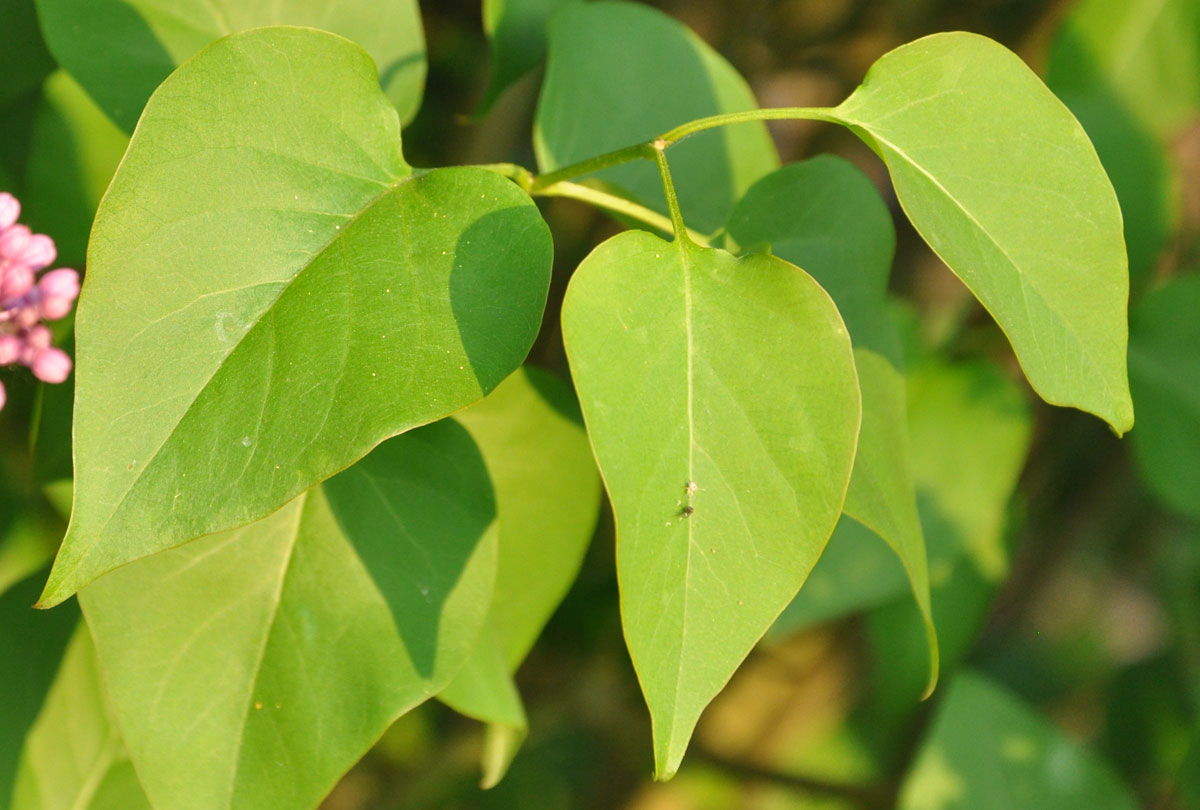
HobbesWorld Detail sur les Arbres Syringa vulgaris Lilas Commun
Syringa vulgaris, more commonly known as the common lilac, is a beloved deciduous shrub celebrated for its showy and sweetly fragrant spring flowers. Havit and Size: Native to southeastern Europe, it has a rounded, spreading growth habit.
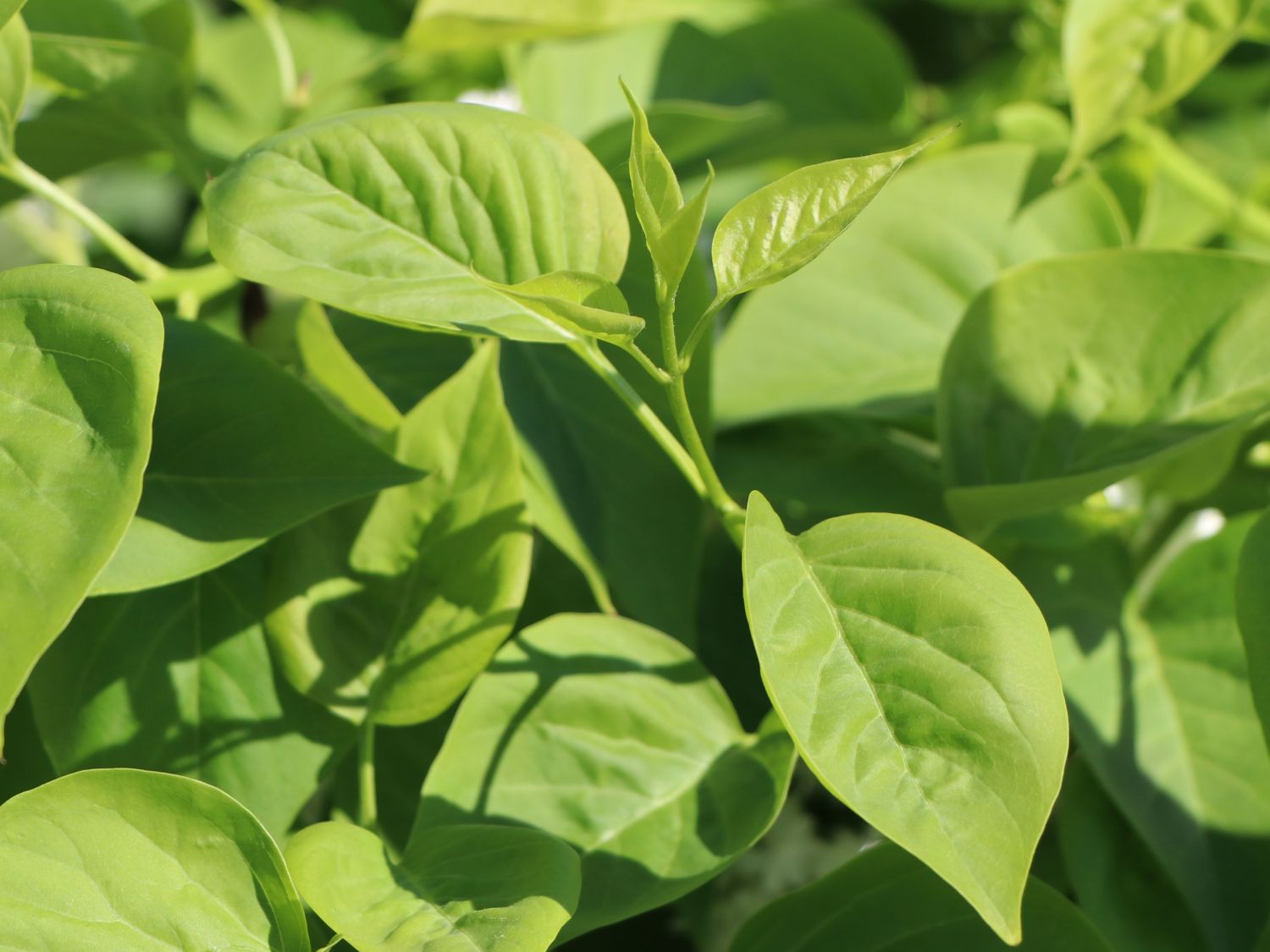
Edelflieder 'Mme Lemoine' Syringa vulgaris 'Mme Lemoine' Baumschule Horstmann
Common lilac bushes ( Syringa vulgaris) are deciduous shrubs that bloom in the springtime. They are part of the olive family, along with other such ornamental plants as ash trees, forsythia bushes, and privet hedges. The outstanding quality of many lilac varieties is the sweet fragrances of their flowers.

Syringa vulgaris
Der Edelflieder (Syringa vulgaris), auch Gewöhnlicher oder Gemeiner Flieder genannt, ist eine Gehölzart aus der Familie der Ölbaumgewächse (Oleaceae). Er stammt ursprünglich aus den Balkanländern, wächst jedoch auch bei uns seit Jahrhunderten in klassischen Bauerngärten.
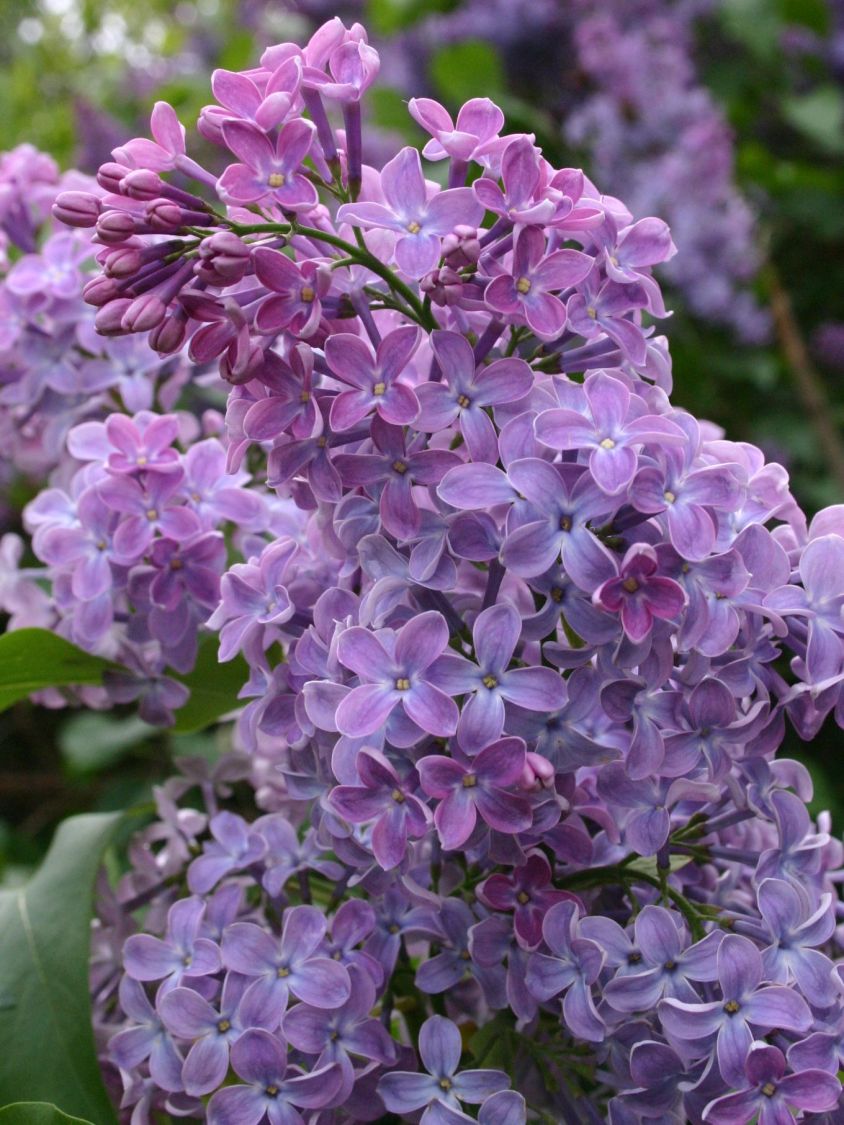
Wildflieder / Gemeiner Flieder Syringa vulgaris Baumschule Horstmann
Syringa vulgaris is a large deciduous shrub or multi-stemmed small tree, growing to 6-7 m (20-23 ft) high. It produces secondary shoots from the base or roots, with stem diameters up to 20 cm (8 in), which in the course of decades may produce a small clonal thicket. [7]

Syringa vulgaris 'Andenken an Ludwig Späth' Syringa vulgaris 'Andenken an Ludwig Späth' Van
Plant calendar Syringa 'Primrose' and wildlife Syringa 'Primrose' is known for attracting bees, beneficial insects, butterflies/moths and other pollinators. It has nectar/pollen rich flowers. Bees Beneficial insects Birds Butterflies/ Moths Other pollinators Is Syringa 'Primrose' poisonous? Syringa 'Primrose' has no toxic effects reported.
FileSyringa vulgaris 003.JPG
Noted for its unique color, award-winning Syringa vulgaris 'Primrose' is an upright, deciduous shrub with conical panicles of slightly fragrant, pale creamy-yellow flowers. Blooming in late spring, the ravishing blossoms last 3-4 weeks and make a rare and beautiful display. The erect, open branches are clothed in light green, heart-shaped leaves that remain attractive in summer.
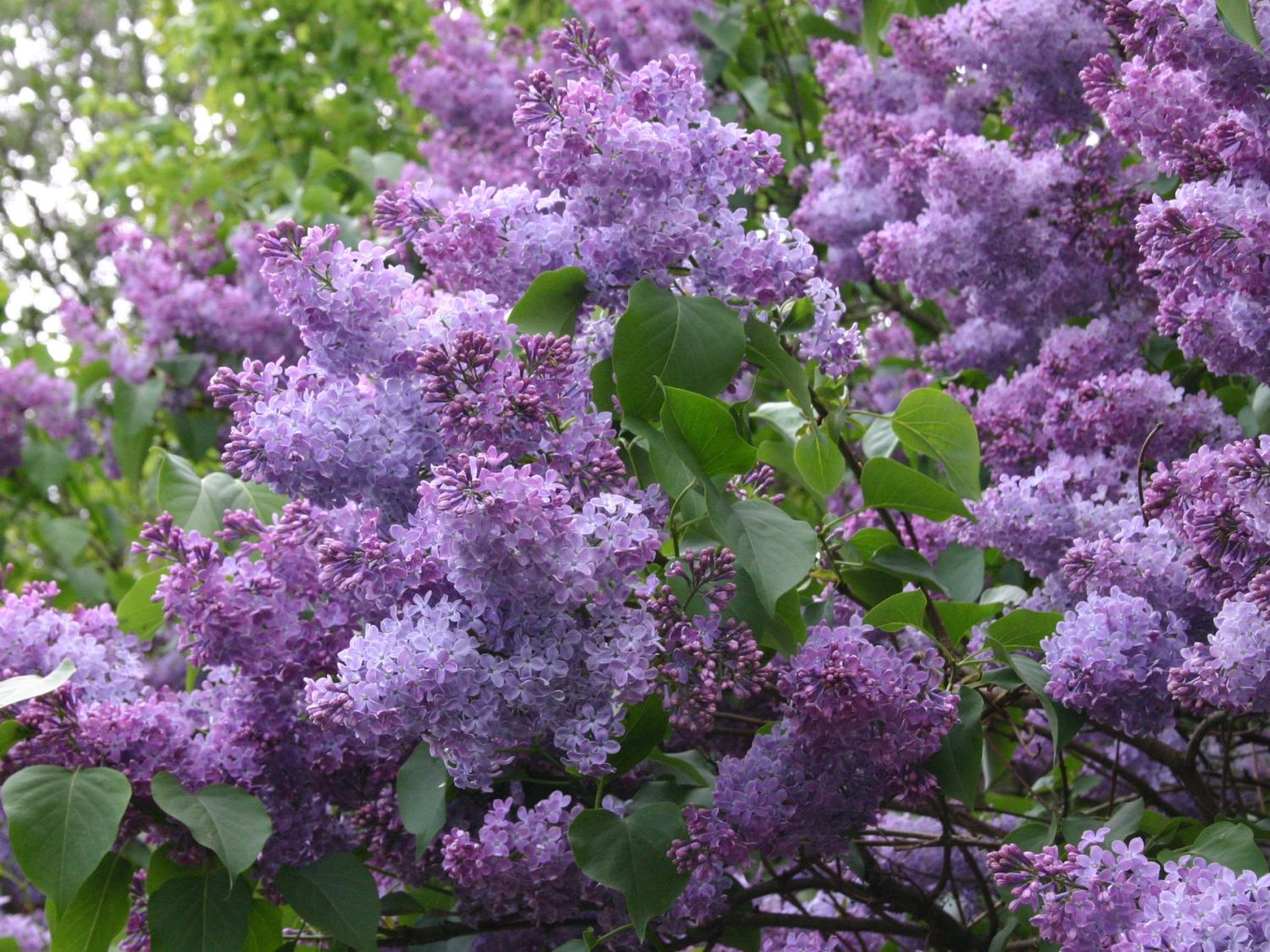
Wildflieder / Gemeiner Flieder Syringa vulgaris Baumschule Horstmann
Syringa Syringa vulgaris L. First published in Sp. Pl.: 9 (1753) This species is accepted The native range of this species is Central Albania to N. Central Romania. It is a shrub or tree and grows primarily in the temperate biome. Taxonomy Images General information Distribution Synonyms Publications Other data Distribution KBD Native to:

Syringa vulgaris L. Plants of the World Online Kew Science
Syringa vulgaris L. Sp. Pl. : 9 (1753) This name is reported by Oleaceae as an accepted name in the genus Syringa (family Oleaceae ). The record derives from WCSP (data supplied on 2022-04-18) which reports it as an accepted name Local Descriptions
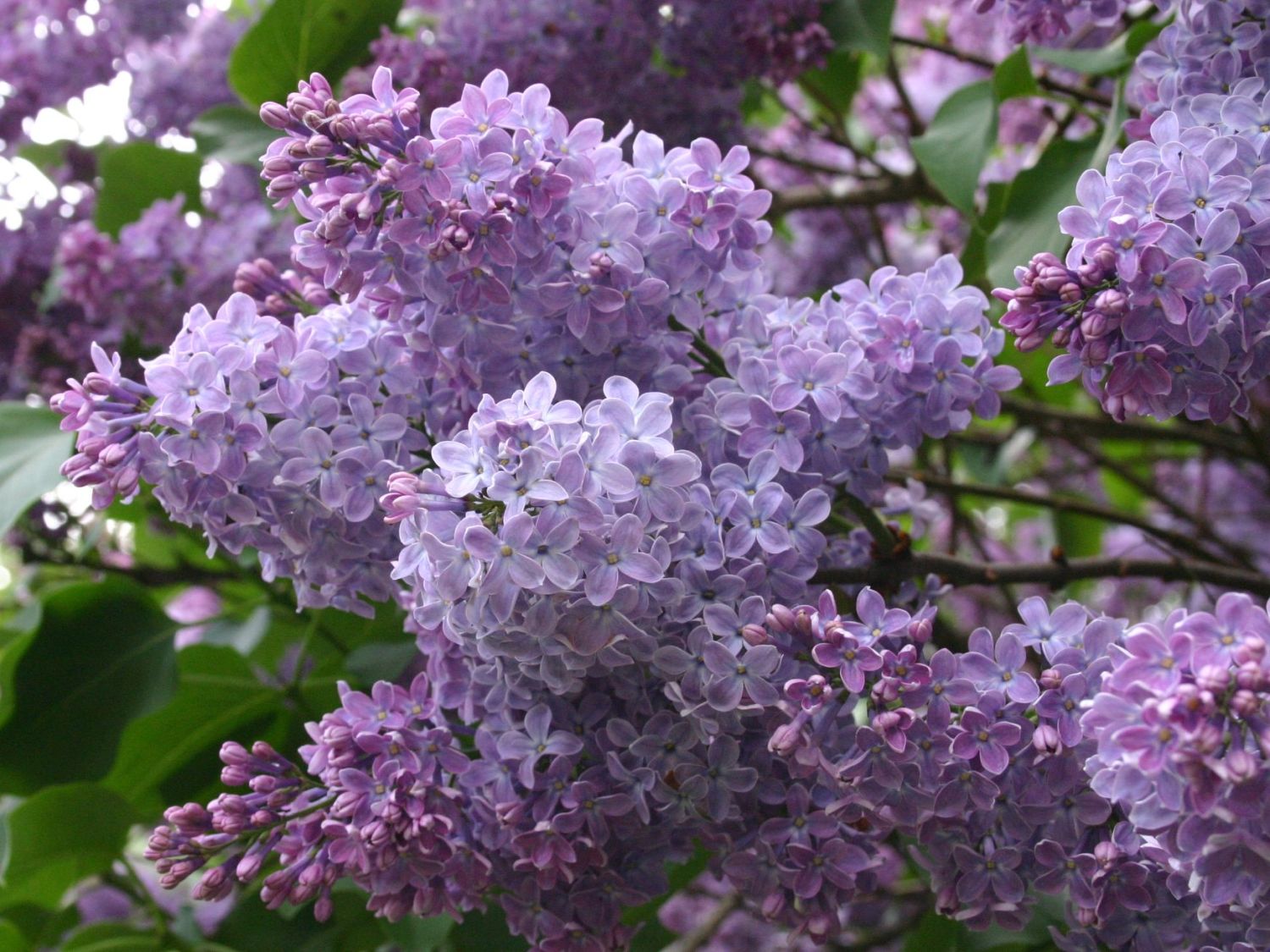
Wildflieder / Gemeiner Flieder Syringa vulgaris Baumschule Horstmann
Planting lilac. Dig a generous hole and plant your lilac to the level of the soil line. Back-fill and firm down the soil gently around the plant. Water in well. Mulch after planting to help retain moisture in the soil. If you're growing lilac in a pot, choose one that is at least 60cm in diameter.

Syringa vulgaris L. Plants of the World Online Kew Science
Syringa vulgaris L., also known as common lilac, is a flowering shrub native to Europe and Asia. It has fragrant purple or white blooms that attract pollinators and provide color and scent to gardens. Learn more about its characteristics, uses, and conservation status from the USDA Plants Database.
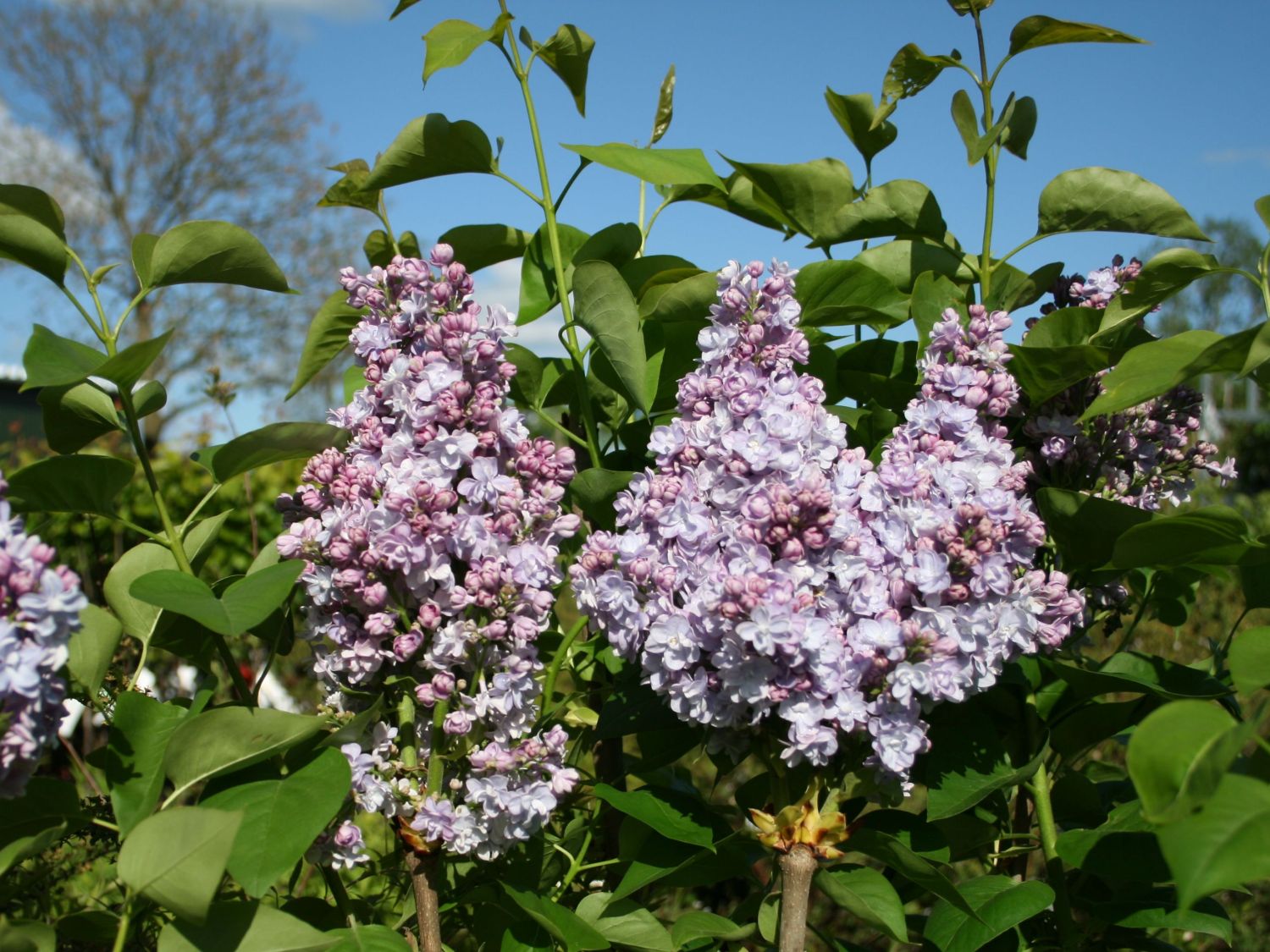
Edelflieder 'Michel Buchner' Syringa vulgaris 'Michel Buchner' Baumschule Horstmann
The sweet fragrance of lilac is one of the true treats of spring in New England, and dozens of cultivars have been developed to satisfy popular demand for this abundantly flowering shrub. Prune off old fruit-bearing panicles to encourage flowering in subsequent years, and be vigilant for aphids and powdery mildew.